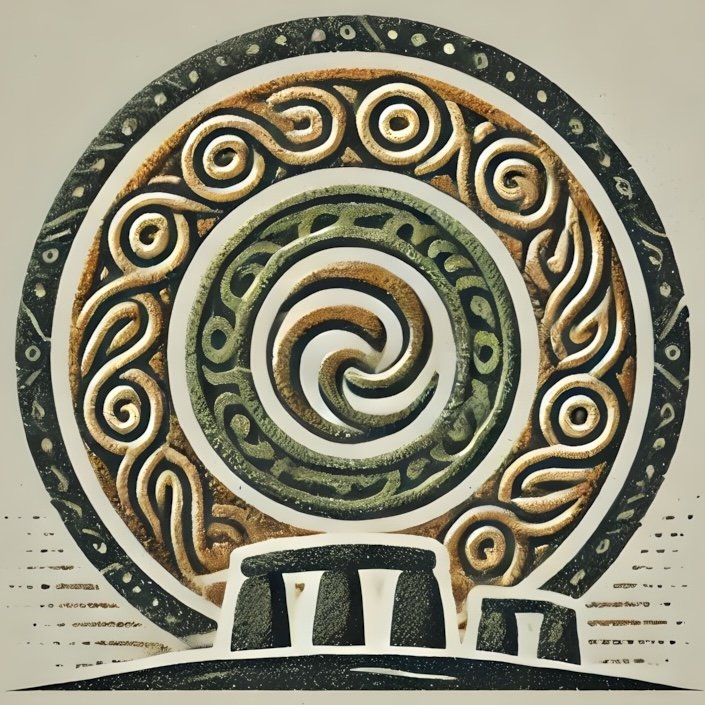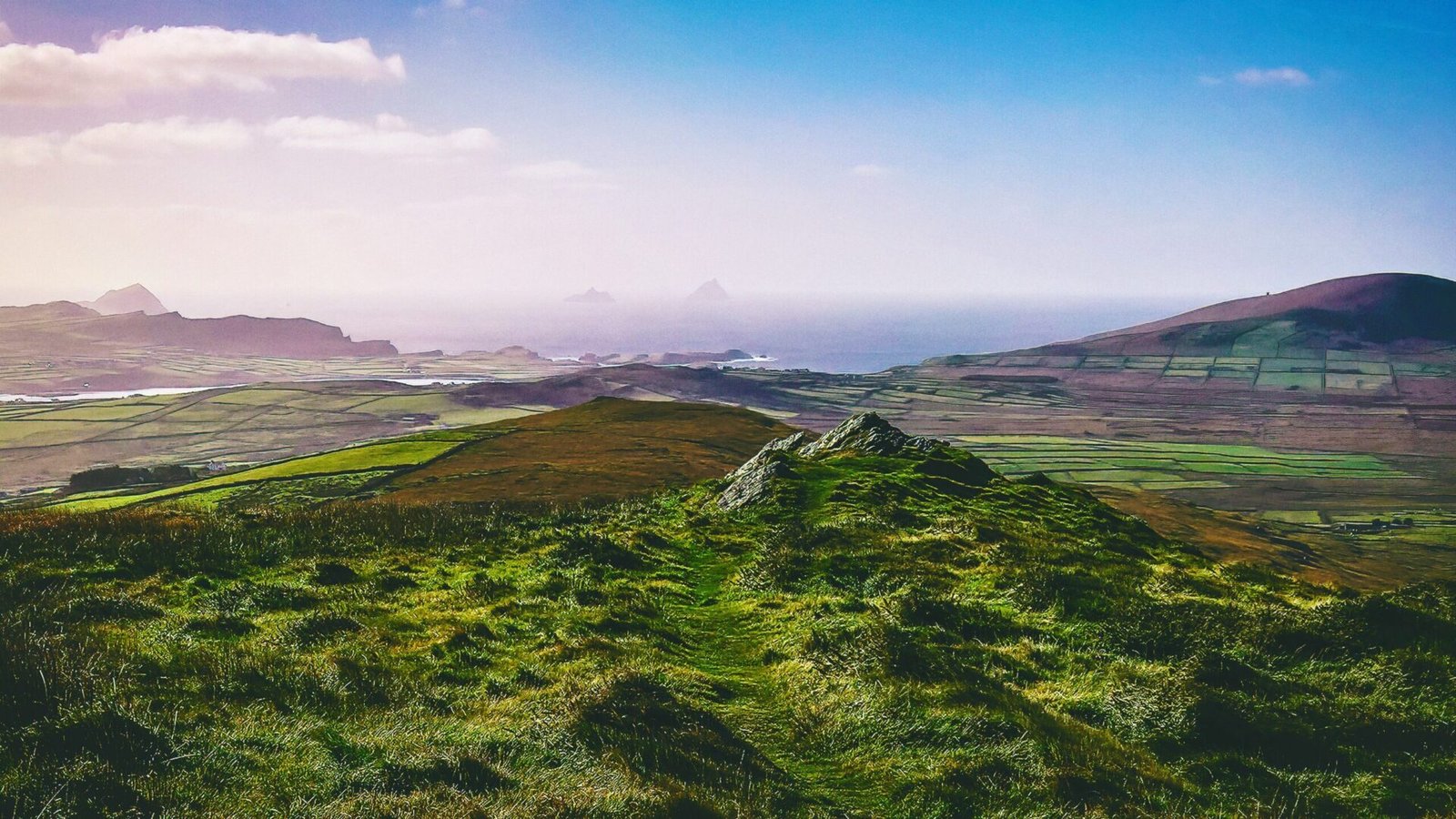Overview of the Debate on Celtic Arrival in Ireland
The arrival of the Celts in Ireland is a topic that has intrigued historians, archaeologists, and enthusiasts of Irish prehistory for generations. This debate is not merely an academic exercise; it is a quest to understand the roots of Irish culture, language, and identity. As we delve into this complex subject, we must navigate through a tapestry of myths, archaeological evidence, and linguistic studies, each offering a unique perspective on when and how the Celts arrived on the Emerald Isle.
The Mythological Context
Irish mythology provides a rich tapestry of stories that hint at ancient migrations and invasions. The Lebor Gabála Érenn, or the “Book of Invasions,” is a medieval text that chronicles a series of mythical invasions of Ireland. According to this narrative, the Celts were among the last of these invaders, arriving after the Tuatha Dé Danann and the Fir Bolg. While these stories are steeped in myth and legend, they offer valuable insights into how medieval Irish people understood their origins and the arrival of different groups in their land.
The tales of the Milesians, often associated with the Celts, describe a people who came from Iberia, led by figures such as Míl Espáine. These stories, while not historical accounts, reflect a cultural memory of migration and conquest, suggesting that the idea of Celtic arrival was embedded in the Irish consciousness long before modern scholarship began to investigate the matter.
Archaeological Evidence
Archaeology provides a more tangible, albeit complex, framework for understanding the Celtic presence in Ireland. The traditional view, influenced by the diffusionist model, posited that the Celts arrived in Ireland around 500 BCE, bringing with them the Hallstatt and later La Tène cultures, characterized by distinctive art styles, weaponry, and social structures.
However, recent archaeological findings have challenged this straightforward narrative. Some scholars argue for a more gradual process of cultural exchange rather than a single, large-scale invasion. Evidence of La Tène-style artifacts in Ireland is sparse and often found in isolated contexts, suggesting that the influence of Celtic culture may have been more about the exchange of ideas and goods rather than mass migration.
Moreover, the discovery of earlier Bronze Age sites with potential Celtic connections has led some researchers to propose that Celtic culture could have developed indigenously in Ireland, influenced by contact with continental Europe. This perspective emphasizes the complexity of cultural identity and the fluidity of cultural boundaries in prehistoric times.
Linguistic Perspectives
The linguistic evidence adds another layer to the debate. The Irish language, a member of the Goidelic branch of Celtic languages, is a crucial piece of the puzzle. Linguists have long debated when Celtic languages first appeared in Ireland. Some suggest that the introduction of Celtic languages coincided with the arrival of the Celts around 500 BCE, while others propose an earlier date, possibly during the Bronze Age.
The study of place names and ancient inscriptions provides clues to the linguistic landscape of prehistoric Ireland. Ogham stones, inscribed with an early form of the Irish language, date back to the 4th century CE, but the language itself likely has much older roots. The presence of Celtic linguistic elements in Ireland suggests a long period of linguistic evolution, possibly predating the traditional timeline of Celtic arrival.
Genetic Insights
In recent years, advances in genetic research have added a new dimension to the debate. Studies of ancient DNA from Irish archaeological sites have revealed complex patterns of migration and population change. While some genetic markers associated with Celtic populations are present in modern Irish people, the genetic landscape of Ireland is a mosaic, reflecting millennia of interactions with various groups.
Genetic evidence suggests that the Irish population has deep roots in the island, with continuity from the Mesolithic and Neolithic periods. However, there are also signs of genetic influx from the continent during the Bronze and Iron Ages, which could correlate with the spread of Celtic culture. These findings highlight the intricate interplay between genetics, culture, and identity in prehistoric Ireland.
The Role of the Landscape
The Irish landscape itself plays a crucial role in understanding the Celtic arrival. The island’s geography, with its mountains, rivers, and coastlines, has shaped human settlement and movement for thousands of years. The distribution of archaeological sites, such as hillforts and ritual centers, provides insights into how ancient peoples interacted with the landscape.
The sacred landscapes of Ireland, often associated with Celtic deities and myths, offer a glimpse into the spiritual world of prehistoric communities. Sites like Tara, Newgrange, and the Hill of Uisneach are imbued with mythological significance, suggesting that the Celts, like their predecessors, viewed the landscape as a living entity, intertwined with their cultural and religious beliefs.
Interdisciplinary Approaches
The debate on Celtic arrival in Ireland is a testament to the importance of interdisciplinary research. By combining insights from archaeology, linguistics, genetics, and mythology, scholars can construct a more nuanced picture of Ireland’s past. This holistic approach acknowledges the complexity of cultural identity and the myriad factors that contribute to the formation of a society.
As we continue to explore the question of Celtic arrival, it is essential to remain open to new evidence and interpretations. The story of the Celts in Ireland is not a static narrative but a dynamic and evolving field of study. Each new discovery, whether it be an ancient artifact, a linguistic breakthrough, or a genetic revelation, adds another piece to the puzzle, bringing us closer to understanding the rich tapestry of Ireland’s prehistoric past.

